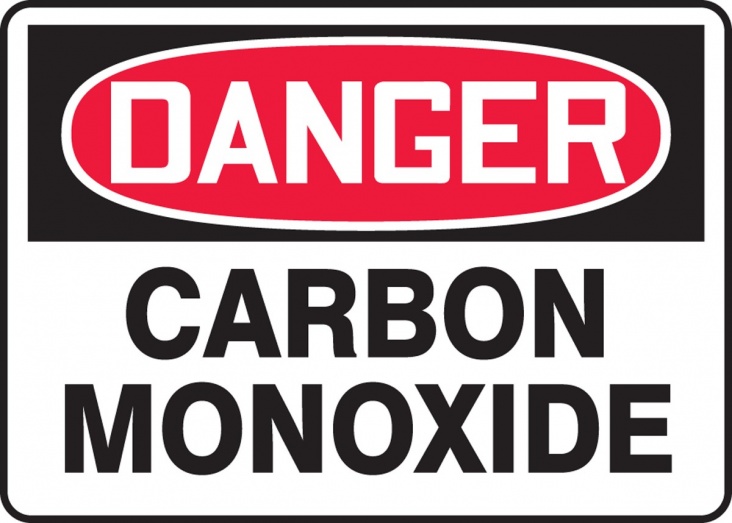Carbon monoxide is a clear, odorless gas which is created by inefficient combustion emissions. The most common sources in industry are gasoline or diesel powered generators, pressure washers, air compressors, forklifts or other petroleum fired machinery.
The chemical makeup of CO is a carbon molecule linked to an oxygen molecule. Carbon monoxide kills by binding up the hemoglobin in the blood. Since CO has an affinity for hemoglobin several hundreds of times greater than the oxygen that is ever present, that being about 200,000 parts per million in normal air. Therefore it takes only a small amount of CO to bind up a large amount of hemoglobin. This decreases the amount of oxygen delivered to the tissues and without oxygen, you will slowly suffocate to death.
What does this mean for workers? Carbon Monoxide will affect workers as follows:
- Slight headache and dizziness
- Nausea
- Drowsiness and a euphoric feeling
- Unconsciousness
- Death
The level of CO mandated by OSHA as the maximum allowable for 8 hours is 50 parts per million. This is an extremely small amount of CO. To put this into perspective, think of a room that holds 1 million ice cubes and then remove 50 cubes from the room. Those 50 ice cubes are the maximum amount allowed by OSHA for workers to be exposed to over an 8 hour period.
What to do to prevent CO overexposure????
- Inspect the job site and remove any internal combustion machinery located near a hatch or other opening that may cause exhaust fumes to enter the space.
- VENTILATE, VENTILATE, VENTILATE
- Frequently monitor work-spaces for CO with testing equipment and observe employees for signs of CO exposure.
- Train workers about the early symptoms of CO exposure.
PDF version is available through the link below.

